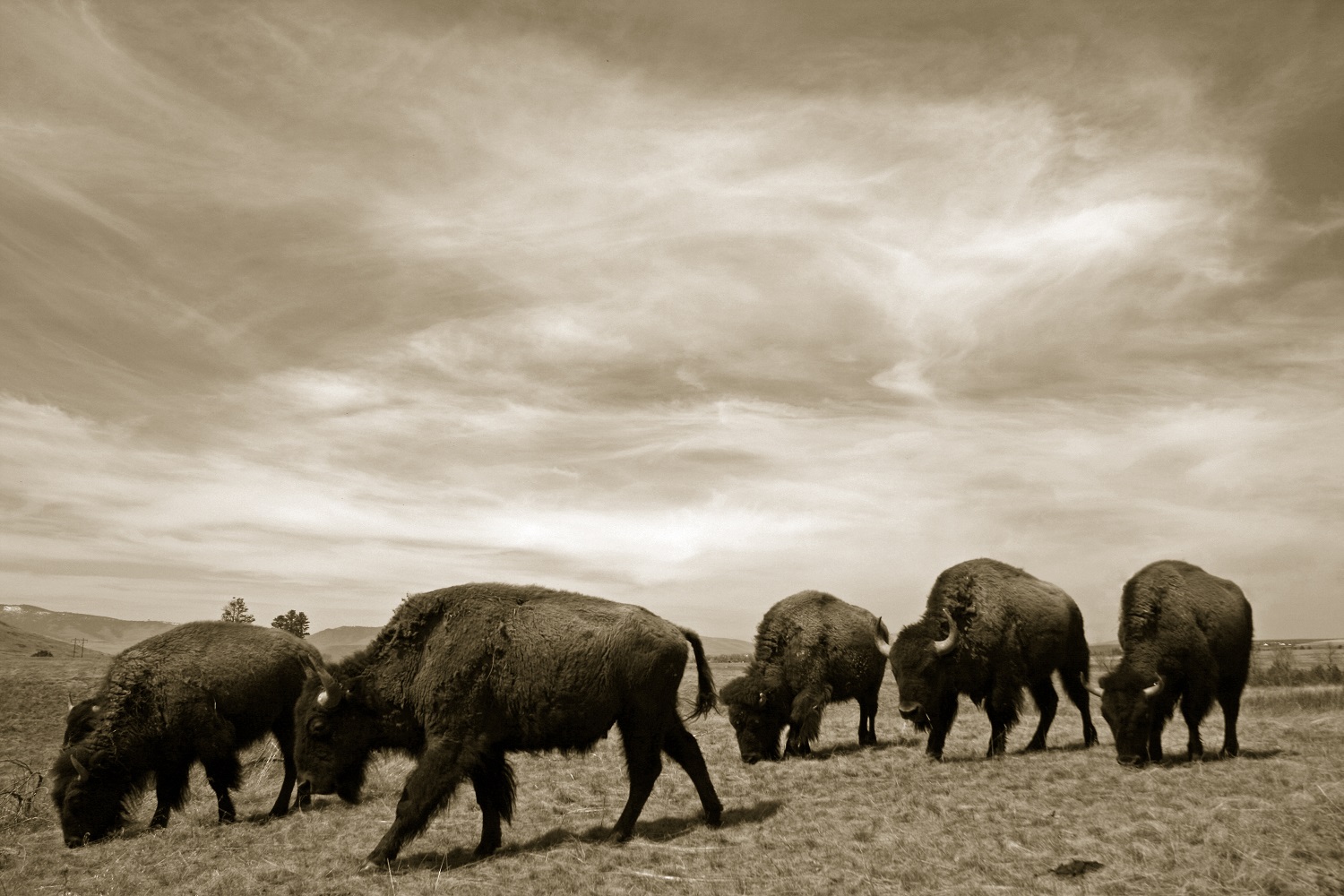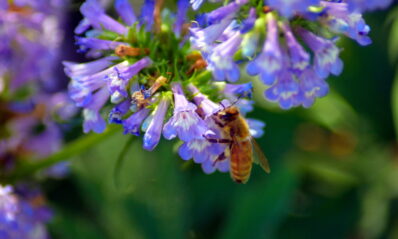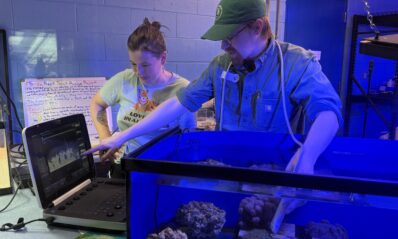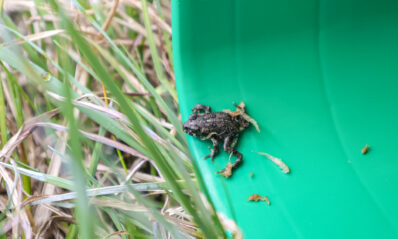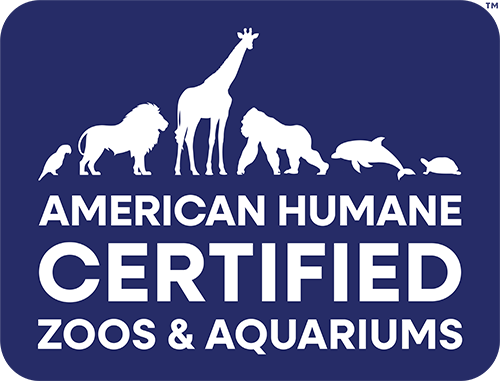
By: Stefan Ekernas, Rocky Mountain/Great Plains Program Director
Colorado’s wildlife is spectacular, and includes the nation’s largest populations of both elk and bighorn sheep. With a burgeoning human population that increasingly goes to recreate in the same wild places where wildlife lives, and in the face of a changing climate, Denver Zoo works to connect communities in conservation to find solutions for people to co-exist with and indeed allow wildlife to thrive. Our strategy is to build alliances by harnessing partnerships, connecting people to connect landscapes for wildlife. We work alongside a diverse array of land managers, communities, industries, universities, and non-profits to save an equally diverse array of wildlife from bison to boreal toads.
In the high-alpine peaks we work to save the inimitable American pika, a diminutive mountain-top dwelling cold specialist. Pika thrive above the tree line, surviving winters not by hibernating but instead by industriously collecting grass “hay piles” during the brief alpine summer and spending the rest of the year in rock crevices living off their summertime work cozily bundled in dense fur. In a warming climate, the very cold-adaptations that allows these critters to survive winters at 14,000′ threaten to become a liability. To understand how pika respond to climate change and find conservation solutions, Denver Zoo uses over 300 community science volunteers to collect field data on pika, working hand-in-glove with Rocky Mountain National Park, White River National Forest, Colorado Parks & Wildlife, CU Boulder, and Rocky Mountain Wild.
While wildlife on Colorado’s alpine peaks are primarily threatened by climate change, the human footprint is more pronounced below the tree line. Highways cut through wilderness areas, threatening migration routes for bighorn, elk, deer, moose, bear, lynx, bobcat and mountain lions. Wildlife over-pass and under-pass crossing structures across highways offer a win-win solution to save wildlife from cars, save people from wildlife collisions, and restore intact landscapes. As a member of Summit County Safe Passages, Denver Zoo is working to build wildlife crossing structures across I-70 and Route 9. We use community science to survey wildlife and evaluate proposed crossing structure locations, working alongside Colorado Department of Transportation, Colorado Parks & Wildlife, the ski industry, mountain towns, Summit County, US Forest Service, and other non-profits.
A less visible, but no less dangerous, threat to wildlife is the spread of diseases such as chytrid fungus that threatens amphibians worldwide including Colorado’s boreal toad. Adapted to living in oxygen-rich cold water found only in high altitude wetlands from 8,000-12,000′, boreal toads are a state-listed endangered species undergoing precipitous declines from the introduction of chytrid fungus. In 2019 Denver Zoo became the first institution to successfully breed chytrid-resilient boreal toads in a zoological setting, and we released 682 toadlets into the wild. This program is a potential game-changer for the species, simultaneously allowing us to supplement wild populations, creating an assurance population, and buying time for boreal toads to adapt to this novel pathogen.
In Colorado’s prairies, Denver Zoo works with Denver Mountain Parks to restore bison and the prairies they are such an integral component of. The partnership began more than 100 years ago when Denver Zoo reintroduced bison to Genesee Park in 1914. You can still see the crates used to transport the original animals, and see their descendants roam next to I-70 at Genesee Park as well as in Daniels Park.
From the peaks to the prairies, Denver Zoo is committed to keeping our state beautiful and full of the wildlife that make it special. Happy Colorado Day!
